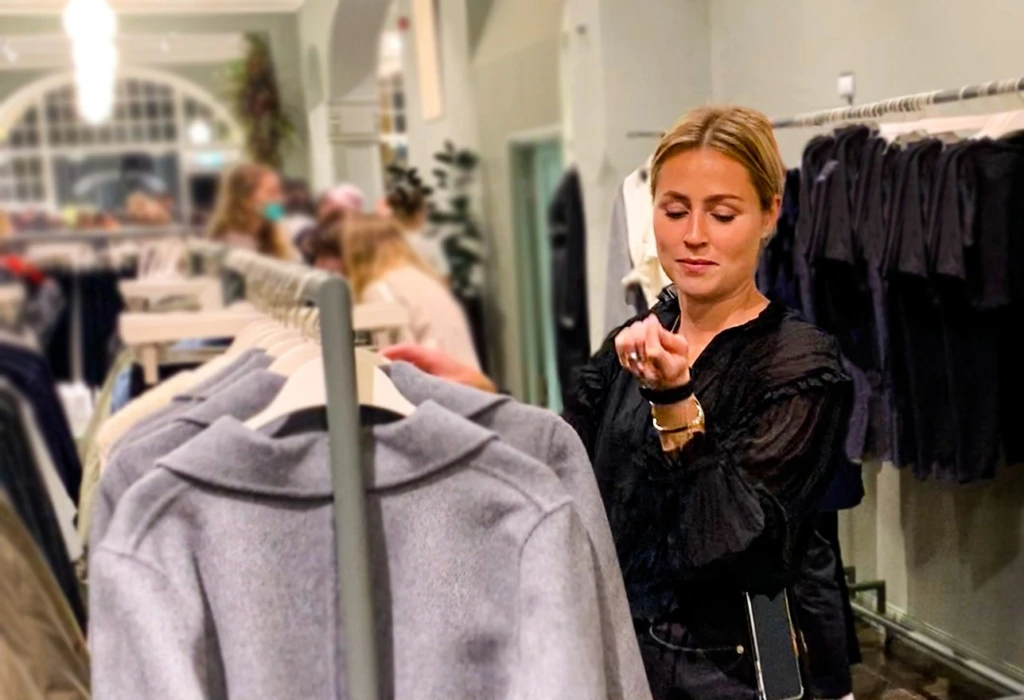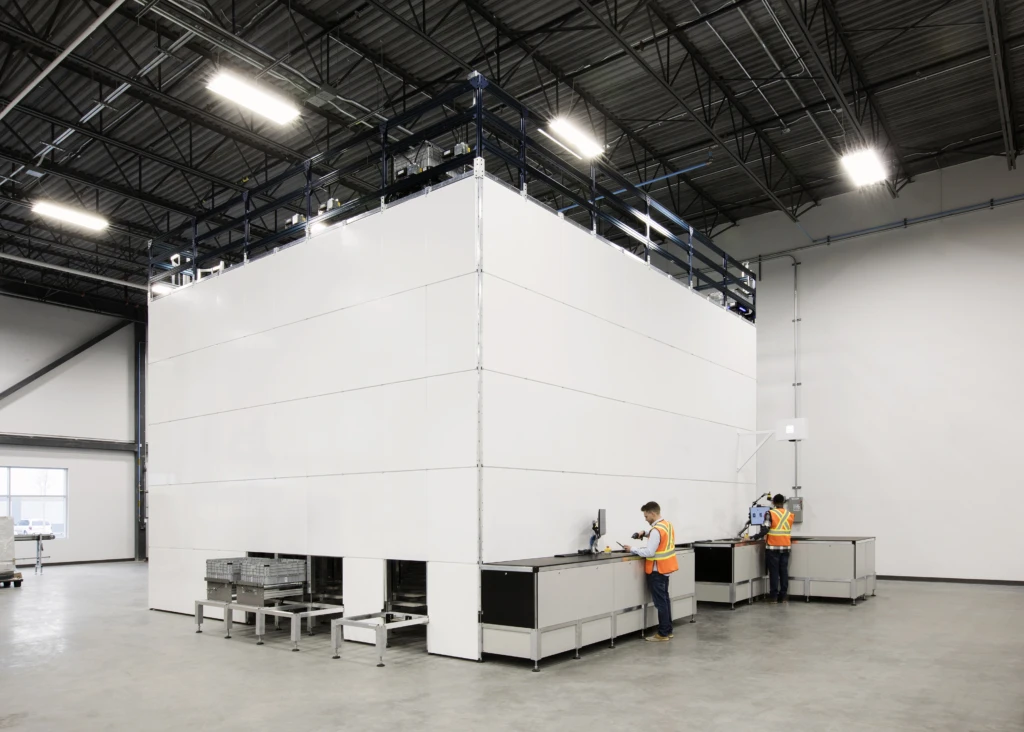
5 IoT retail trends for 2021
In 2020 we saw retailers hard hit by the economic effects of the COVID-19 pandemic with dozens of retailers—Neiman Marcus, J.C. Penney, and Brooks Brothers to name a few— declaring bankruptcy. During the unprecedented chaos of lockdowns and social distancing, consumers accelerated their shift to online shopping. Retailers like Target and Best Buy saw online sales double while Amazon’s e–commerce sales grew 39 percent.1 Retailers navigated supply chain disruptions due to COVID-19, climate change events, trade tensions, and cybersecurity events.
After the last twelve tumultuous months, what will 2021 bring for the retail industry? I spoke with Microsoft Azure IoT partners to understand how they are planning for 2021 and compiled insights about five retail trends. One theme we’re seeing is a focus on efficiency. Retailers will look to pre-configured digital platforms that leverage cloud-based technologies including the Internet of Things (IoT), artificial intelligence (AI), and edge computing to meet their business goals.

Learn how Microsoft enables intelligent retail.
Empowering frontline workers with real-time data
In 2021, retailers will increase efficiency by empowering frontline workers with real-time data. Retail employees will be able to respond more quickly to customers and expand their roles to manage curbside pickups, returns, and frictionless kiosks.
In H&M Mitte Garten in Berlin, H&M empowered employee ambassadors with fashionable bracelets connected to the Azure cloud. Ambassadors were able to receive real-time requests via their bracelets when customers needed help in fitting rooms or at a cash desk. The ambassadors also received visual merchandising instructions and promotional updates.
Through the app built on Microsoft partner Turnpike’s wearable SaaS platform leveraging Azure IoT Hub, these frontline workers could also communicate with their peers or their management team during or after store hours. With the real-time data from the connected bracelets, H&M ambassadors were empowered to delivered best-in-class service.
Carl Norberg, Founder, Turnpike explained, “We realized that by connecting store IoT sensors, POS systems, and AI cameras, store staff can be empowered to interact at the right place at the right time.”
Leveraging live stream video to innovate omnichannel
Livestreaming has been exploding in China as influencers sell through their social media channels. Forbes recently projected that nearly 40 percent of China’s population will have viewed livestreams during 2020.2 Retailers in the West are starting to leverage live stream technology to create innovative omnichannel solutions.
For example, Kjell & Company, one of Scandinavia’s leading consumer electronics retailers, is using a solution from Bambuser and Ombori called Omni-queue built on top of the Ombori Grid. Omni-queue enables store employees to handle a seamless combination of physical and online visitors within the same queue using one-to-one live stream video for online visitors.
Kjell & Company ensures e-commerce customers receive the same level of technical expertise and personalized service they would receive in one of their physical locations. Omni-queue also enables its store employees to be utilized highly efficiently with advanced routing and knowledge matching.
Maryam Ghahremani, CEO of Bambuser explains, “Live video shopping is the future, and we are so excited to see how Kjell & Company has found a use for our one-to-one solution.” Martin Knutson, CTO of Kjell & Company added “With physical store locations heavily affected due to the pandemic, offering a new and innovative way for customers to ask questions—especially about electronics—will be key to Kjell’s continued success in moving customers online.”

Augmenting omnichannel with dark stores and micro-fulfillment centers
In 2021, retailers will continue experimenting with dark stores—traditional retail stores that have been converted to local fulfillment centers—and micro-fulfillment centers. These supply chain innovations will increase efficiency by bringing products closer to customers.
Microsoft partner Attabotics, a 3D robotics supply chain company, works with an American luxury department store retailer to reduce costs and delivery time using a micro-fulfillment center. Attabotics’ unique use of both horizontal and vertical space reduces warehouse needs by 85 percent. Attabotics’ structure and robotic shuttles leveraged Microsoft Azure Edge Zones, Azure IoT Central, and Azure Sphere.
The luxury retailer leverages the micro-fulfillment center to package and ship multiple beauty products together. As a result, customers experience faster delivery times. The retailer also reduces costs related to packaging, delivery, and warehouse space.
Scott Gravelle, Founder, CEO, and CTO of Attabotics explained, “Commerce is at a crossroads, and for retailers and brands to thrive, they need to adapt and take advantage of new technologies to effectively meet consumers’ growing demands. Supply chains have not traditionally been set up for e-commerce. We will see supply chain innovations in automation and modulation take off in 2021 as they bring a wider variety of products closer to the consumer and streamline the picking and shipping to support e-commerce.”

Helping keep warehouse workers safe
What will this look like? Cognizant’s recent work with an athletic apparel retailer offers a blueprint. During the peak holiday season, the retailer needed to protect its expanding warehouse workforce while minimizing absenteeism. To implement physical distancing and other safety measures, the retailer leveraged Cognizant’s Safe Buildings solution built with Azure IoT Edge and IoT Hub services.
With this solution, employees maintain physical distancing using smart wristbands. When two smart wristbands were within a pre-defined distance of each other for more than a pre-defined time, the worker’s bands buzzed to reinforce safe behaviors. The results drove nearly 98 percent distancing compliance in the initial pilot. As the retailer plans to scale-up its workforce at other locations, implementing additional safety modules are being considered:
- Touchless temperature checks.
- Occupancy sensors communicate capacity information to the management team for compliance records.
- Air quality sensors provide environmental data so the facility team could help ensure optimal conditions for workers’ health.
“For organizations to thrive during and post-pandemic, enterprise-grade workplace safety cannot be compromised. Real-time visibility of threats is providing essential businesses an edge in minimizing risks proactively while building employee trust and empowering productivity in a safer workplace,” Rajiv Mukherjee, Cognizant’s IoT Practice Director for Retail and Consumer Goods.
Optimizing inventory management with real-time edge data
In 2021, retailers will ramp up the adoption of intelligent edge solutions to optimize inventory management with real-time data. Most retailers have complex inventory management systems. However, no matter how good the systems are, there can still be data gaps due to grocery pick-up services, theft, and sweethearting. The key to addressing these gaps is to combine real-time data from applications running on edge cameras and other edge devices in the physical store with backend enterprise resource planning (ERP) data.
Seattle Goodwill worked with Avanade to implement a new Microsoft-based Dynamics platform across its 24 stores. The new system provided almost real-time visibility into the movement of goods from the warehouses to the stores.
Rasmus Hyltegård, Director of Advanced Analytics at Avanade explained, “To ensure inventory moves quickly off the shelves, retailers can combine real-time inventory insights from Avanade’s smart inventory accelerator with other solutions across the customer journey to meet customer expectations.” Hyltegård continued, “Customers can check online to find the products they want, find the stores with product in stock, and gain insight into which stores have the shortest queues, which is important during the pandemic and beyond. Once a customer is in the store, digital signage allows for endless aisle support.”

Summary
The new year 2021 holds a wealth of opportunities for retailers. We foresee retail leaders reimagining their businesses by investing in platforms that integrate IoT, AI, and edge computing technologies. Retailers will focus on increasing efficiencies to reduce costs. Modular platforms supported by an ecosystem of strong partner solutions will empower frontline workers with data, augment omnichannel fulfillment with dark stores and micro-fulfillment, leverage livestream video to enhance omnichannel, prioritize warehouse worker safety, and optimize inventory management with real-time data.
Learn how Microsoft enables intelligent retail.
Download the Avanade Microsoft white paper, Now is the moment to reimagine the store experience.
Download the Microsoft 2021 Retail Playbook.
Download the IoT Signals Report and read the retail research.
1US Ecommerce Growth Jumps to More than 30%, Accelerating Online Shopping Shift by Nearly 2 Years, Inside Intelligence eMarketer, October 2020.
2Live Streaming E-Commerce Is The Rage In China. Is The U.S. Next? (forbes.com)




